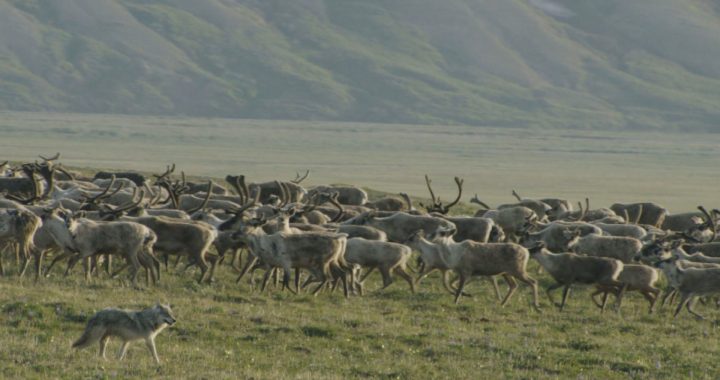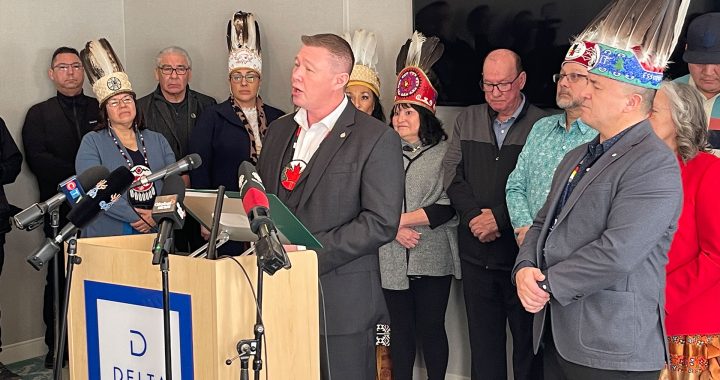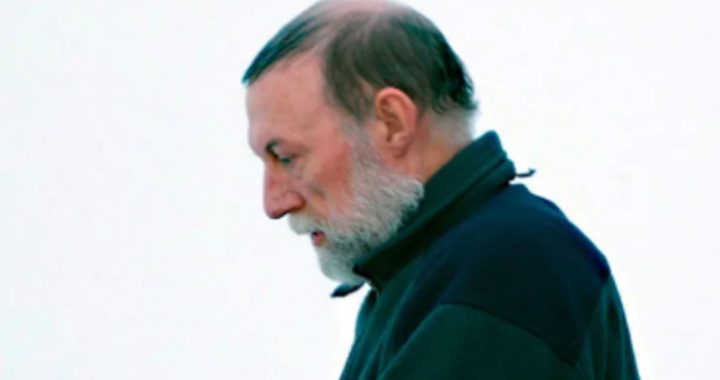First Nation communities in Ontario and Quebec are preparing for all scenarios in their back to school plans this fall.
The plans vary between fulltime classes, online schooling and hybrid approaches.
Last week Ontario Premier Doug Ford said he wants kids back to school full time this fall.
Nick Shaver, director of Education for the Matawa Nations in Ontario.
He says each of the nine communities are not rushing to get students back to school and are developing individual back to school plans.
Last month the Matawa Nation asked for $25 million from the province to support their communities back to school needs.
Shaver says if fully funded, the money would help to prepare communities for most eventualities that may come up.
“So if we have to go to an online learning environment it would address those.” Shaver explained. “If we have to go to a hybrid model it would address those and then if students are fully back in school it would address those concerns as well.”
The Mississaugas of the Credit First Nation in southern Ontario released its back to school plan last week.
Students at the Lloyd S. King Elementary School will be schooled on-line until December with kids returning to school fulltime after Christmas.
Kailey Thomson, chief operating officer for the Mississaugas of the Credit First Nation said iPads will be supplied to students to facilitate on-line learning and there will be supports for parents in home schooling.
“Through our Apple education we are getting support from Apple to actually help train teachers with the students as well as the parents and caregivers, so they’re going to have access to those supports,” Thomson says.
Kimberly Quinn, director of school operations of the Cree School Board in Quebec, says the Cree Nation hasn’t had any cases of COVID -19 in months so kids are cleared to go back to school full time.
She said the board will look at other options should the situation change.
“Instead of maybe one day in school and one day virtual, we’re looking at spaces in the communities where students can go. And working say with the cultural department and the Cree culture teachers in a safe way,” Quinn says.
Masks will not be mandatory in Cree School Board schools and unless cases of COVID-19 appear in communities, students will remain in school full time with classes of no more than 15 students.
Quinn says the students will be divided into working groups within the classrooms to limit contact and keep everyone safer.
“Keeping the groups stable, that was the main aspect that our public health authority told us was to keep our students in the same room as much as possible and only have the teachers changing,” Quinn says.
The Cree Nation will be returning to school this month, Matawa schools are mostly looking to reopen in September.
Shaver says recruitment might be a challenge as a lot of teachers left when the pandemic hit.
“Some school’s teachers did return several months later or a month or so later to just kind of wrap things up but most of the teachers and staff that was not from the community did leave to go back to where they came from and didn’t return to the community,” Shaver said.
The Cree School Board’s plan for returning to school has three scenarios depending on the level of risk to COVID-19, ranging from a full back to school plan, to online learning in the case of an outbreak.
In most cases exactly how schooling is going to look this year depends a lot on the possibilities of outbreaks or a second wave and schools are prepared to adjust their plans as situations change.
In the case of the Mississaugas of the Credit First Nation, a survey is being developed to gauge parents level of comfort with the back to school plan and if they are willing to send their kids back to school at all.










